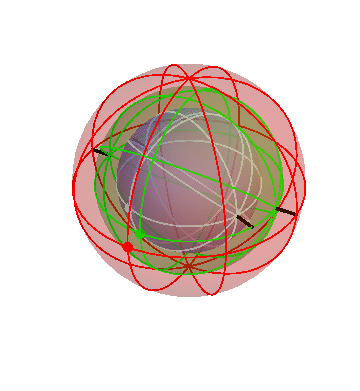I was on the Channel 8 Richmond TV news last night. You can see the video here.
Since I’m apparently the only astrophysicist in the greater Richmond area, I sometimes get asked to comment on space stories. I think this is my first time on this channel; I’ve been on Channel 6 from time to time.
In this case, they wanted to talk about the UARS satellite, which is going to reenter the atmosphere in the next couple of weeks. Some pieces are predicted to survive reentry and reach the ground.
Two disappointing things about this piece:
- The reporter says that there’s a 1 in 3200 chance of “being hit” by the debris. This is NASA’s estimate of the chance of someone, somewhere in the world being hit. The chance of any given person (such as you) being hit is 7 billion times smaller — i.e., one in 20 trillion. I stated that in the interview, but they chose not to use that part. The way they stated it is extremely misleading.
- The Santa Claus line is mine.
